10 Best Herbal Tinctures For Endometriosis Pain
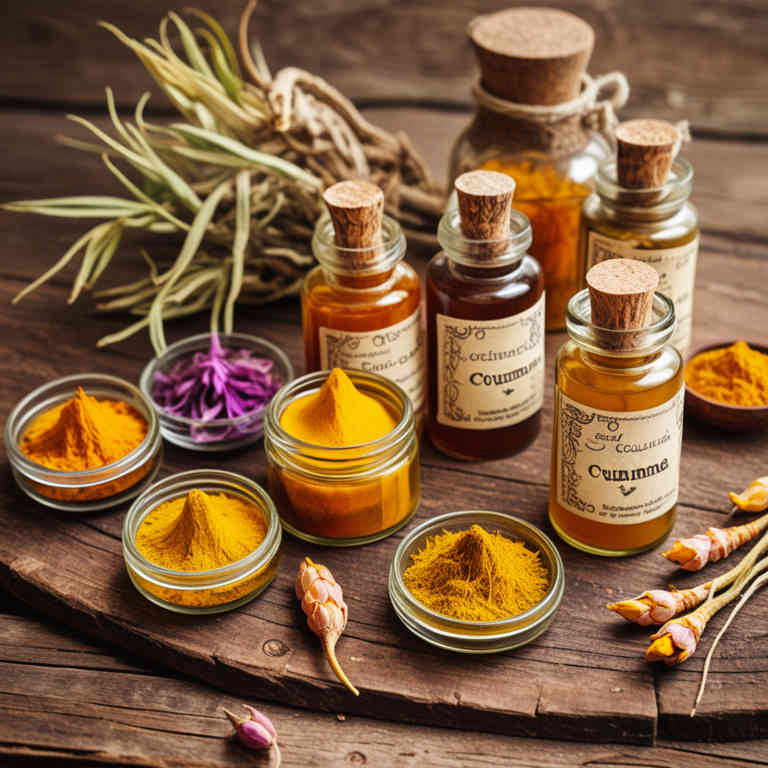
Herbal tinctures have gained attention as a complementary approach for managing endometriosis-related pain, offering natural alternatives to conventional pharmaceuticals.
Commonly used herbs include turmeric, ginger, and chasteberry, which are believed to possess anti-inflammatory and hormone-regulating properties that may alleviate symptoms. These tinctures are typically prepared by soaking herbs in alcohol or glycerin, allowing for easy absorption and consistent dosing. While some studies suggest potential benefits, more rigorous clinical research is needed to fully understand their efficacy and safety.
As with any treatment, it is important to consult with a healthcare provider before incorporating herbal tinctures into a pain management plan for endometriosis.
FREE COURSE
How to make medicinal herbal tinctures for common ailments at home and in a weekend (using the Healing Drops System).

Table of Contents
1. Vitex agnus-castus

Vitex agnus-castus, commonly known as chasteberry, is a traditional herbal remedy that has been used for centuries to support hormonal balance and alleviate symptoms associated with endometriosis.
Its tincture form is often used to help regulate menstrual cycles and reduce pelvic pain, which are common issues for women with endometriosis. Studies suggest that vitex may influence the hypothalamic-pituitary-ovarian axis, potentially reducing the severity of endometrial inflammation and associated discomfort. While it is not a cure, many individuals report significant relief from pain and menstrual irregularities when using chasteberry tinctures as part of a holistic treatment plan.
As with any herbal remedy, it is important to consult with a healthcare provider to ensure it is appropriate for individual health needs and to avoid potential interactions with other medications.
2. Urtica dioica

Urtica dioica, commonly known as stinging nettle, has been traditionally used in herbal medicine for its anti-inflammatory and analgesic properties, making it a potential natural remedy for managing endometriosis-related pain.
When prepared as a tincture, Urtica dioica can be taken orally to help reduce inflammation and support hormonal balance, which are key factors in endometriosis. The active compounds in stinging nettle, such as flavonoids and minerals, may help alleviate pelvic pain and menstrual cramps associated with the condition. However, it is important to consult with a qualified healthcare provider before using Urtica dioica tinctures, especially if undergoing other treatments for endometriosis.
While some studies suggest its benefits, more research is needed to fully understand its efficacy and safety in treating endometriosis pain.
3. Curcuma longa
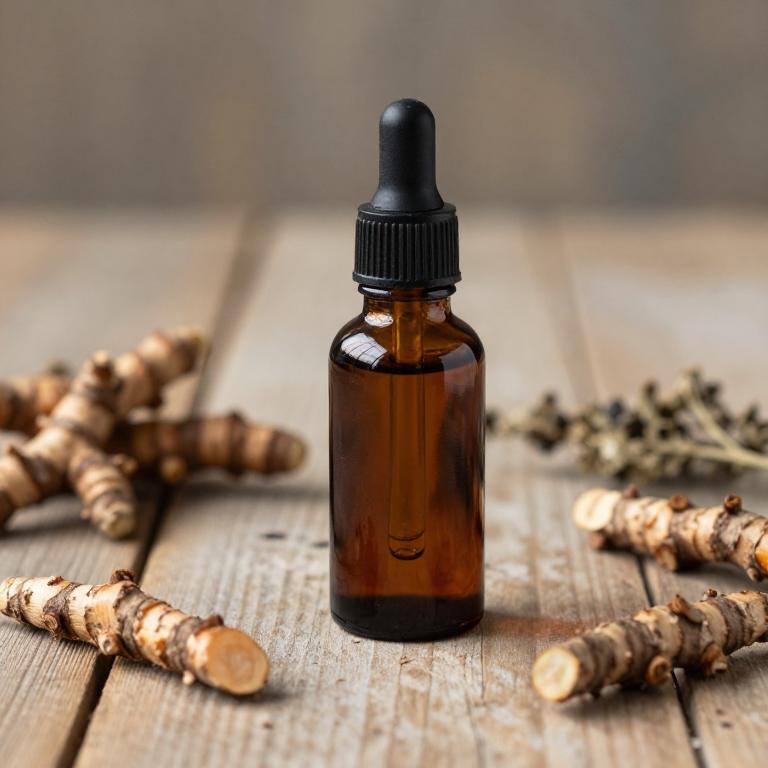
Curcuma longa, commonly known as turmeric, has been traditionally used for its anti-inflammatory and pain-relieving properties, making it a popular herbal remedy for managing endometriosis-related pain.
Curcuma longa herbal tinctures are concentrated liquid extracts that contain curcumin, the active compound responsible for many of its therapeutic effects. These tinctures may help reduce inflammation and oxidative stress, which are often associated with endometriosis. Some studies suggest that curcumin can inhibit the growth of endometrial lesions and alleviate pelvic pain.
However, while curcuma longa tinctures may offer supportive relief, they should not replace conventional medical treatments and should be used under the guidance of a healthcare professional.
4. Cimicifuga racemosa
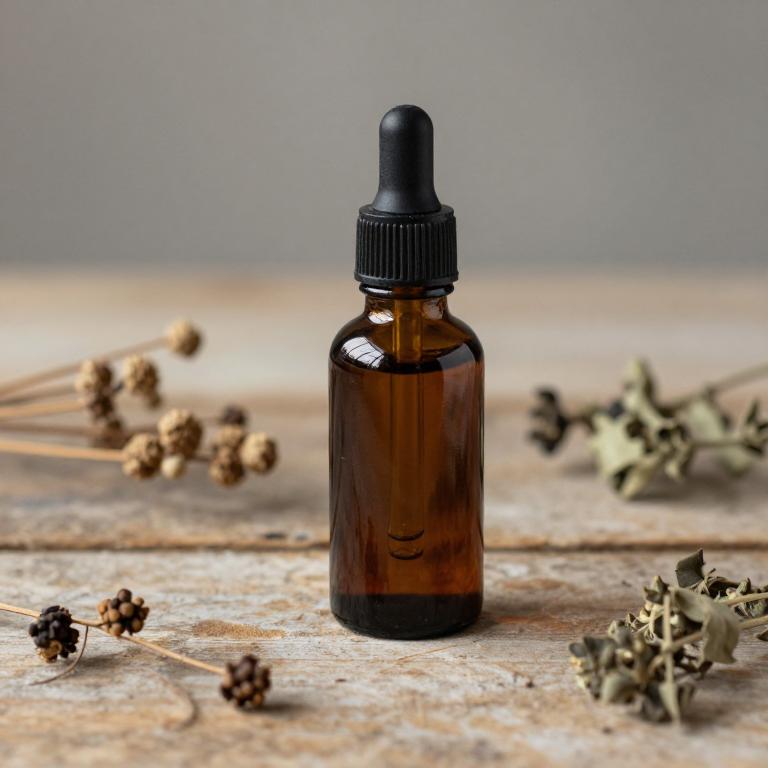
Cimicifuga racemosa, also known as black cohosh, is a herbal remedy commonly used in tincture form to alleviate endometriosis-related pain.
This herb has been traditionally valued for its ability to relieve menstrual cramps and reduce inflammation, making it a popular choice among women seeking natural alternatives to conventional treatments. Tinctures of Cimicifuga racemosa are typically taken orally and are believed to support hormonal balance, which can help ease the symptoms associated with endometriosis. While some studies suggest its potential efficacy, it is important to consult with a healthcare provider before use, as it may interact with certain medications or have side effects in some individuals.
Overall, Cimicifuga racemosa tinctures offer a holistic approach to managing endometriosis pain, though they should be used as part of a comprehensive treatment plan.
5. Salvia officinalis
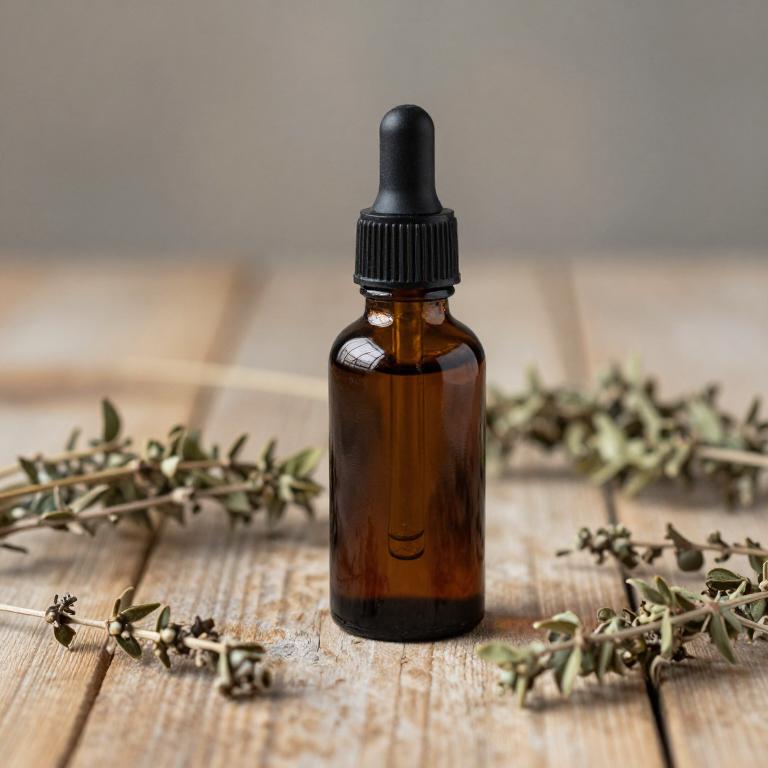
Salvia officinalis, commonly known as sage, has been traditionally used in herbal medicine for its anti-inflammatory and analgesic properties, making it a potential natural remedy for managing endometriosis-related pain.
Herbal tinctures made from salvia officinalis are concentrated liquid extracts that can be easily absorbed by the body, offering a convenient and effective way to harness the plant's therapeutic benefits. Studies suggest that sage may help reduce inflammation and regulate hormonal imbalances, both of which are key factors in endometriosis symptoms. However, while some individuals report relief from using sage tinctures, it is important to consult with a healthcare provider before incorporating them into a treatment plan, as they may interact with other medications.
Overall, salvia officinalis tinctures may serve as a complementary therapy for endometriosis pain, but should not replace conventional medical treatments.
6. Zingiber officinale
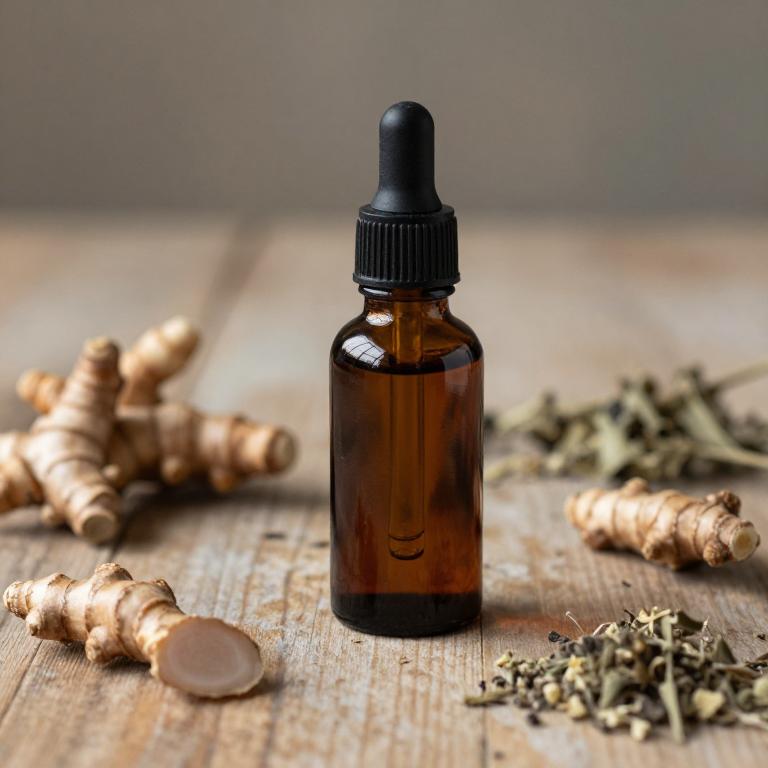
Zingiber officinale, commonly known as ginger, has been traditionally used for its anti-inflammatory and pain-relieving properties, making it a popular herbal remedy for managing endometriosis-related pain.
Ginger tinctures, which are concentrated liquid extracts of the plant, can be easily absorbed by the body and may help reduce menstrual cramps and pelvic pain associated with endometriosis. Studies suggest that ginger contains compounds like gingerol and shogaol that inhibit inflammatory pathways and may alleviate oxidative stress, both of which are linked to endometriosis progression. While more research is needed, many individuals report relief from symptoms after using ginger tinctures as part of a holistic treatment approach.
It is important to consult with a healthcare provider before using ginger tinctures, especially if taking other medications or undergoing treatment for endometriosis.
7. Lavandula angustifolia
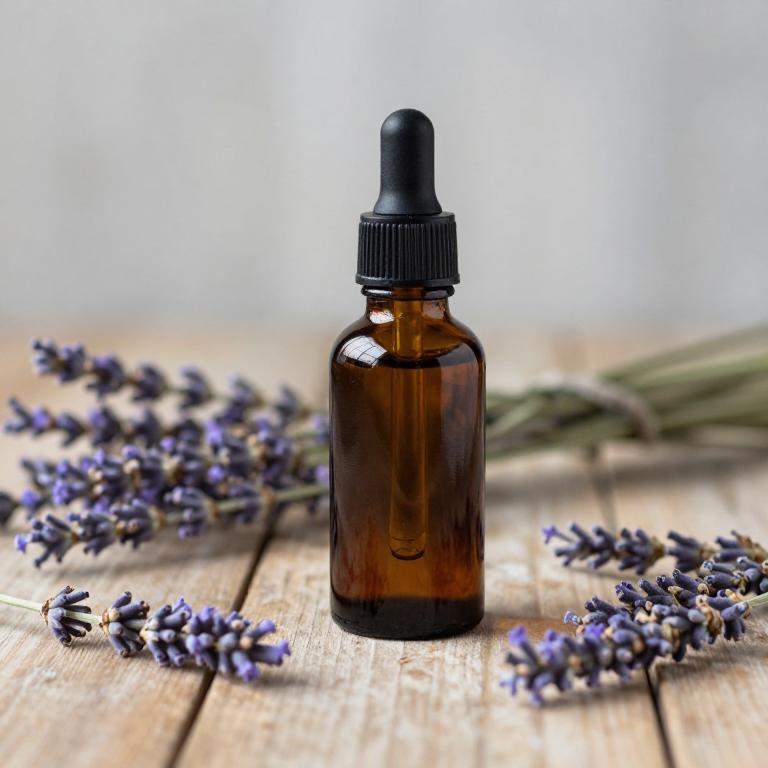
Lavandula angustifolia, commonly known as English lavender, has been traditionally used for its calming and anti-inflammatory properties, making it a potential natural remedy for endometriosis pain.
Herbal tinctures made from lavender are often taken orally or applied topically to help alleviate cramping and discomfort associated with the condition. These tinctures may work by reducing inflammation and promoting muscle relaxation, which can ease the pain caused by endometrial tissue growth. While scientific research is still emerging, some studies suggest that lavender compounds like linalool and linalyl acetate may have analgesic and antispasmodic effects.
As with any herbal remedy, it is important to consult with a healthcare provider before using lavender tinctures, especially for individuals with endometriosis, to ensure safety and appropriate integration into a holistic treatment plan.
8. Achillea millefolium
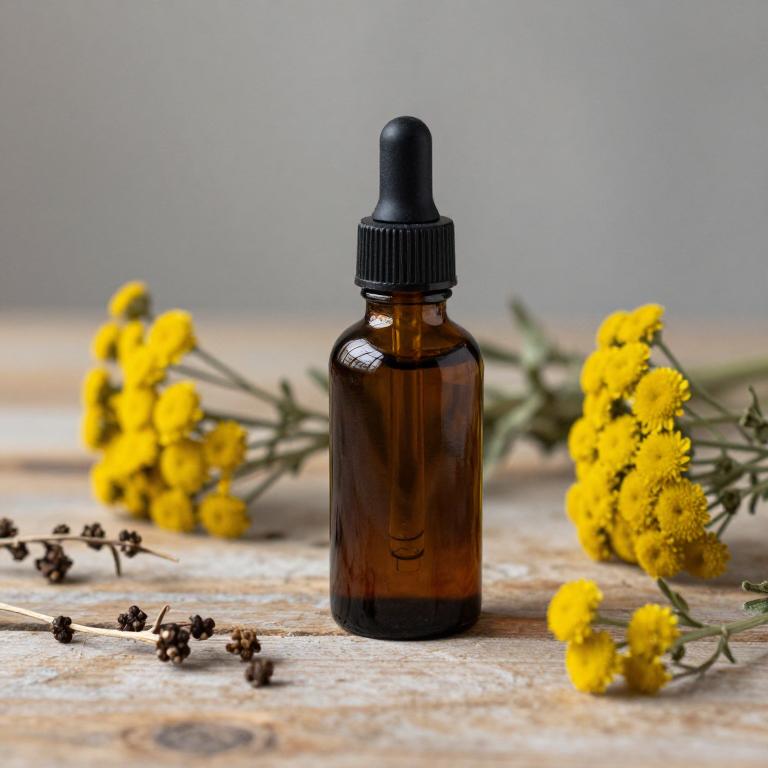
Achillea millefolium, commonly known as yarrow, has been used historically for its anti-inflammatory and pain-relieving properties, making it a potential candidate for herbal tinctures aimed at alleviating endometriosis-related pain.
The active compounds in yarrow, such as achilline and volatile oils, may help reduce inflammation and spasms in the pelvic region, which are common symptoms of endometriosis. While research on its specific efficacy for endometriosis is limited, some studies suggest that it may support hormonal balance and improve circulation, potentially easing discomfort. Herbal tinctures made from yarrow are typically prepared using alcohol as a solvent and can be taken orally in diluted form under the guidance of a qualified herbalist or healthcare provider.
As with any herbal treatment, it is important to consult with a healthcare professional to ensure safety and appropriateness for individual health conditions.
9. Silybum marianum
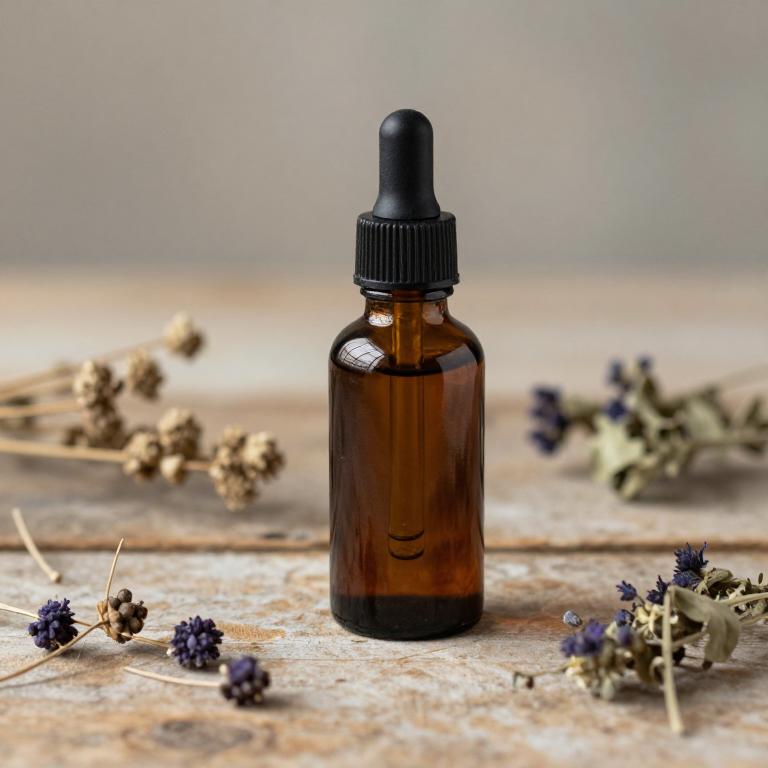
Silybum marianum, also known as milk thistle, is a herbal remedy that has gained attention for its potential to alleviate endometriosis-related pain.
Its active compound, silymarin, is believed to possess anti-inflammatory and antioxidant properties that may help reduce oxidative stress and inflammation associated with endometriosis. Some studies suggest that silybum marianum tinctures could support liver function, which plays a role in hormone metabolism and may indirectly influence endometrial tissue growth. While not a cure, it is often used as a complementary therapy alongside conventional treatments to manage symptoms.
However, it is important to consult a healthcare provider before use, as it may interact with other medications and is not a substitute for professional medical care.
10. Symphytum officinale
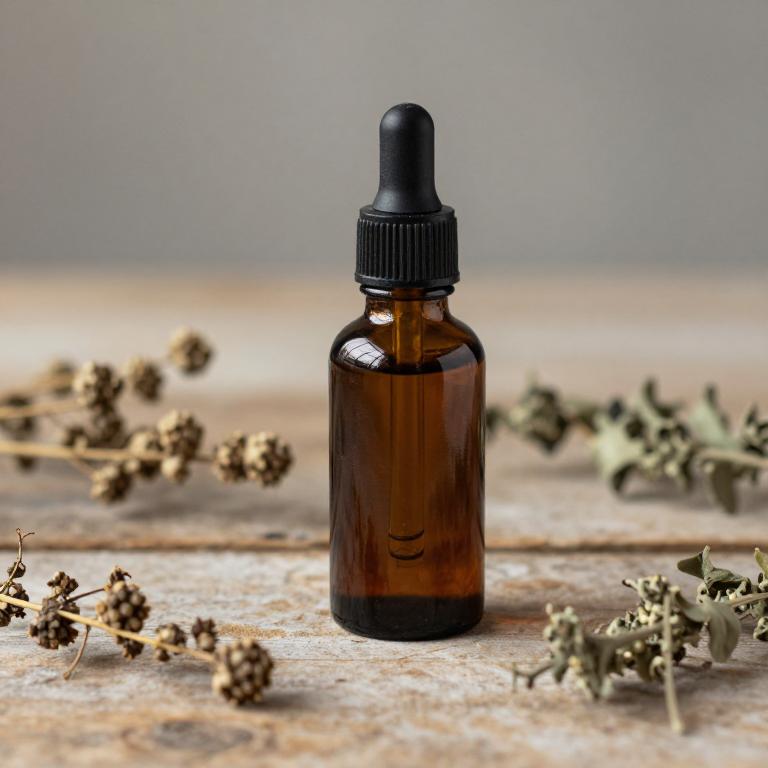
Symphytum officinale, commonly known as boneset, has been traditionally used in herbal medicine for its potential anti-inflammatory and pain-relieving properties.
When prepared as a tincture, Symphytum officinale may support the body's natural healing processes and help alleviate the chronic pain associated with endometriosis. Some studies suggest that the compounds in this herb may help reduce inflammation and ease pelvic discomfort, though more research is needed to confirm its efficacy. It is often used in combination with other herbs to enhance its therapeutic effects.
As with any herbal remedy, it is important to consult a qualified healthcare provider before use, especially for individuals with endometriosis, to ensure safety and appropriateness.